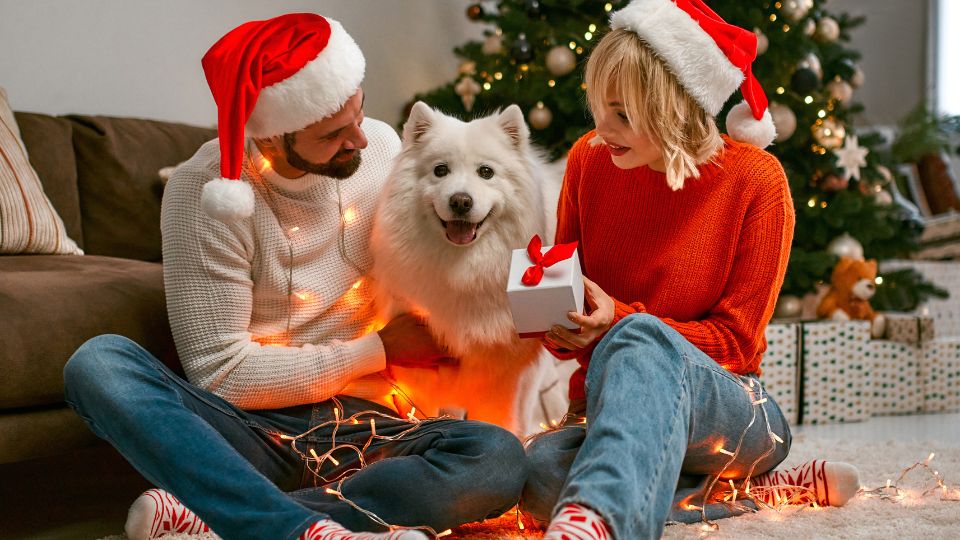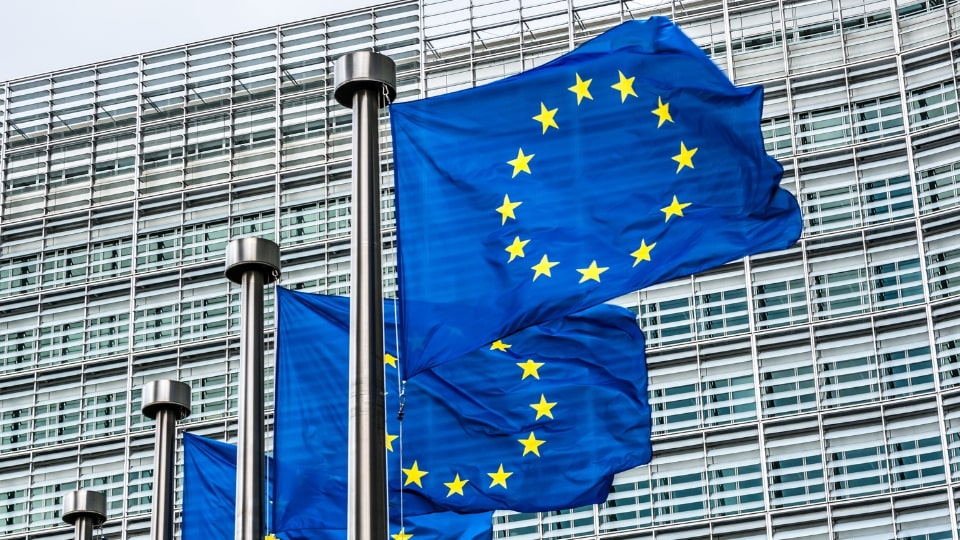
Pet food containing local products is particularly popular in the Nordics, while alternative proteins and cheaper private-label brands are also slowly finding their way onto shelves.
The Nordic Petfood Association (NPFA) estimates the number of pets in the 2 main categories in Denmark, Finland, Norway and Sweden last year at 6.7 million: 3.9 million cats and 2.8 million dogs. This is an increase of 4% compared with pre-pandemic times, when there was an estimated total Nordic pet population of 6.54 million cats and dogs, according to the trade association.
Consumer behavior
The trends in the Nordic countries are similar to most other European nations, with pet parents showing rising interest in buying high-quality, healthy and ecological food. “High-quality pet food has been important for a long time, but grain-free products are what many pet parents are opting for nowadays,” says NPFA member Åsa Dufva. According to industry insiders, grain-free diets are especially popular in Finland. Meanwhile, interest in raw food has decreased, partly due to the “growing awareness of the risks to the animals and the pet parents themselves”.
Alternative proteins like insects are still not hugely popular among pet parents, although the category is growing across all the Nordic markets. Swedish insect pet food start-up Petgood says that its sales have almost tripled compared to the same period in 2021 and that the demand is still increasing.
Private label has also increased its retail share in the region, partially due to the current inflationary pressure. “There is a strong likelihood that a pet parent will leave the store with a private label product,” adds Dufva.
A mix of big companies and local players
Multinational pet food manufacturers represent a large chunk of the Nordic markets, but there is also a significant presence of local companies across all countries with the exception of Finland. The use of local products in pet food formulation appears to be a crucial factor for consumers. “Pet parents in the Nordic countries know that cats enjoy being served Baltic herring, but this might not work as well in other markets,” explains Dufva.

Other pet food products containing well-known Nordic specialties like reindeer, elk and salmon as ingredients are appreciated by pet parents, while the use of sausages in pet food formulation is still popular in Finland.
Online and offline retailing
Sweden, which is the largest of the Nordic countries, has the biggest number of brick-and-mortar stores selling pet food: approximately 350 shops, including grocery stores, pet product stores and even veterinary stations that are part of bigger chains. In terms of specialized pet care retail chains, Denmark had the most in 2021, according to Statista, with a total of 8. Next came Norway (5), followed by Finland (4) and Sweden (3).

Consumers are purchasing a growing percentage of pet-related goods online, and local players believe that this will continue to increase in the coming years. According to recent research by online payment service Paytrail, around 25% of Finnish households with pets have ordered pet products online. While corresponding numbers were not available for other regional markets, the online sales volumes are likely to be of a similar magnitude. Since people are doing more of their shopping online, direct-to-consumer companies are also becoming more commonplace. However, sparsely populated areas, especially in Norway but also in the northern parts of Finland and Sweden, pose some logistical challenges to e-commerce companies.
Environmental commitment
Over the last few years, environmental awareness seems to have grown among pet owners. Swedish global warming activist Greta Thunberg is also influencing local pet food manufacturers through what NPFA’s chairman Terkel Due refers to as the “Greta wave”. For example, local players are striving to harmonize the recyclability of pet food packaging. According to Due, the Nordic countries have developed a shared vision of recycling and enable pet parents to access sorting instructions through QR codes on product packaging.
Essential industry
Since the Nordic pet food manufacturers serve a relatively small market, the different players work together to try to grow the pie for everyone. “Our market is small, so our impact grows bigger when we collaborate,” says Due. For example, the NPFA succeeded in getting officials to recognize the pet industry as an essential sector during the pandemic, which meant that pet stores could remain open during the lockdown.
However, the current increase in the prices of electricity, gas and ingredients is directly affecting the regional pet food sector. According to the industry association, while the authorities see human food as a high priority, food for animals is classed as less important.
“Therefore, our next lobby action is to ensure the supply of energy for pet food production and to get the decision-makers to understand that pet food should be considered just as critical as food for humans,” states NPFA’s chairman.
The latest articles

How pet parents will shop for their pets this Christmas
A new survey takes the pulse on holiday shopping trends in the UK, including popular categories and average spending.

General Mills’ pet portfolio posts negative performance
Both revenue and net sales dropped by 4% in the last quarter amid less demand.

Negotiations of new EU rules on sustainable packaging to kick off in 2024
The Council and the Parliament will start the legislative process to design regulations regarding the packaging and packaging waste proposal put forward by the European Commission last year.
Weekly newsletter to stay up-to-date
Discover what’s happening in the pet industry. Get the must-read stories and insights in your inbox.